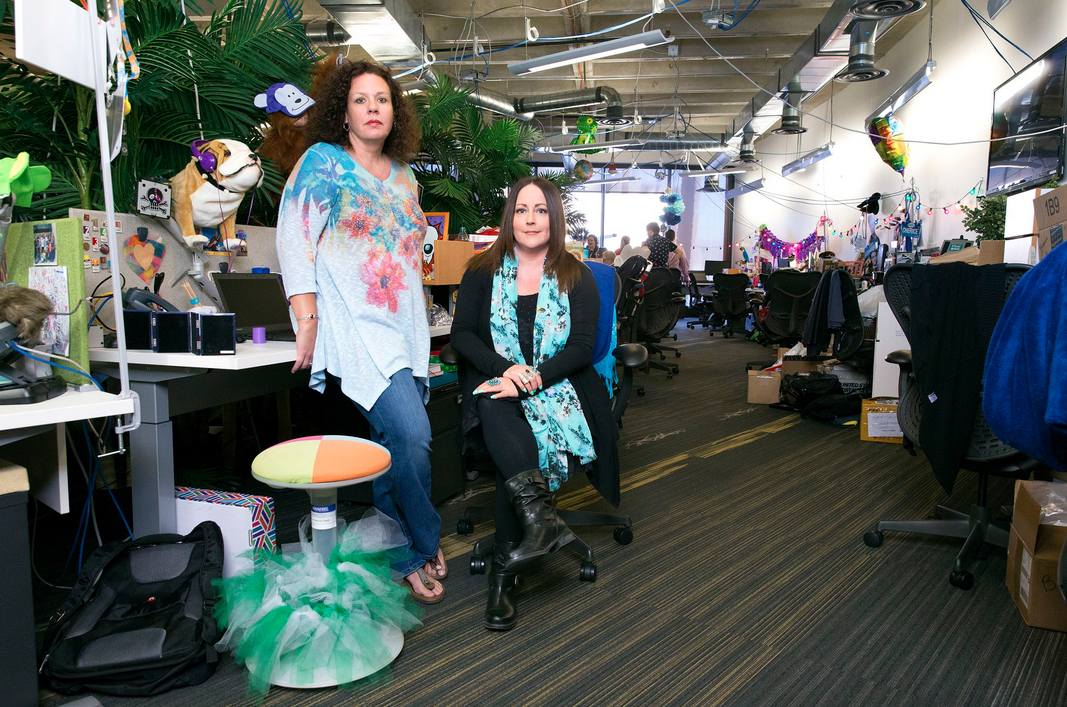What’s the relationship between Economics and Doughnuts one might ask ? Kate Raworth, who is a super curious scholar, is someone that has been trying to answer this question for various years according to the latest video published by RSA shorts. What lead her to engage in such a project was her fascination with a particular question:
“I am fascinated by a question, and I know I am not the only one. And that question is: what should economics be aimed at ? “
To our wonder, even though we might think we know the answer to this question, actually we don’t, she says, because we take it for granted. Economics, supposedly is about economic growth. Is it ? That’s what Kate Raworth tries to question and address in her lecture published by RSA Shorts.
The RSA Shorts are animated videos, done by the RSA, which stands for Royal Society for the encouragement of Arts, Manufactures and Commerce. RSA entitles itself as an enlightenment organisation, committed to finding innovative practical solutions to today’s social challenges. Through its ideas, research and 27,000-strong fellowship it seeks to understand and enhance human capability, aiming to close the gap between today’s reality and people’s hopes for a better world. Its latest animated short, just published last week was the lecture mentioned previously entitled “Growth is Not Enough.” In it Kate said:
“Economic growth is doing very nicely in the long term big picture, and yet there is some fundamental things that we care that aren’t coming along with it, and there are three I want to highlight: first deprivation, secondly degradation and thirdly inequality.”
Kate Raworth who is a renowned economist, a development re-thinker and a lecturer at Oxford University has been trying to rewrite what economics is, to make it a an improved tool for addressing the 21st century’s social issues.
According to Kate it is crucial now to ask what it is that economy is all about. Twenty years ago, no one would pose such question, because the answer was known beforehand: economic growth. But the issue is that even though politicians are hung up on keeping the growth curve rising, what does GDP really tell us all we need to know about a country’s wealth and well-being? In this new RSA Short, Kate Raworth makes a powerful argument to look beyond economic growth alone for a true measure of prosperity and progress stating that it is clear now to all of us that : “we want something more than growth”.
And she cites the wise quote of Nobel Prize winners Joseph Stiglitz and Amartya Sen:
quote by Stiglitz and Sen. Intelligenthq“Those attempting to guide the economy and our societies are like a pilot trying to steer without a reliable compass.”
She then moves the debate forward asking: “What if we could get help to politicians to move away from the very short term of thinking about the next three months of GDP outcome just get away from that short termism and go to the long term?”
It is a fact that mainstream economics – as taught in universities, debated in the media, and utilized by governments, needs to refresh its concept and ideas, as it is based on outdated assumptions, leaving it ill-equipped for guiding us today. Radworth points out alternative approaches such as ecological, feminist, and evolutionary economics, along with systems thinking and Earth-system science. All these proportionate valuable insights if to achieve human rights and well-being for all within the means of this one planet. Those insights can help us develop a new economic toolkit.
As a starting point for that toolkit, Kate proposes a visual concept, a doughnut, that she developed in collaboration with two other scholars, and that was presented in a paper entitled A Safe and Just Space for Humanity: can we live within the doughnut. published in the 2012 Oxfam Discussion Paper.
The doughnut of social and planetary boundariesThe doughnut image based itself on a study done by Rockstrom et al, that set out an environmental ceiling consisting of nine planetary boundaries, as set out by beyond which lie unacceptable environmental degradation and potential tipping points in Earth systems.
Nine Planetary Boundaries. IntelligenthqThese planetary boundaries were crossed with the social foundation, that consists of the eleven top social priorities identified by the world’s governments in the run-up to Rio+20 . Below this foundation of resource use, says Kate, lies unacceptable human deprivation such as hunger, ill-health and income poverty. The doughnut is a powerful image that gives us an image on how between social and planetary boundaries lies an environmentally safe and socially just space in which humanity can thrive. It is there, Kate Raworth points out, that economics should work, by bringing to the economic field a diverse group of thinkers. Another interesting topic addressed by the scholar is the need to develop a diverse type of metrics such as nature-metrics and social metrics.
The best overview of Kate’s idea and its implications is a 17 minute edition of a bigger presentation she did at the Royal Society for the Arts, where she introduces us to the doughnuts economics.
The doughnut concept and image was debated and presented in diverse places – from the UN General Assembly and the Global Green Growth Forum, to Occupy London. The explaination of its interest may reside in its linking of planetary boundaries with the demands of social justice, bridging social and environmental concerns together in one single image and approach.
As a conclusion it can be said that the doughnut offers a vision for an equitable and sustainable future, but more than offering solutions and paths for getting there, it acts as a space that promotes debate, collaboration and dialogue.

Maria Fonseca is the Editor and Infographic Artist for IntelligentHQ. She is also a thought leader writing about social innovation, sharing economy, social business, and the commons. Aside her work for IntelligentHQ, Maria Fonseca is a visual artist and filmmaker that has exhibited widely in international events such as Manifesta 5, Sao Paulo Biennial, Photo Espana, Moderna Museet in Stockholm, Joshibi University and many others. She concluded her PhD on essayistic filmmaking , taken at University of Westminster in London and is preparing her post doc that will explore the links between creativity and the sharing economy.





























